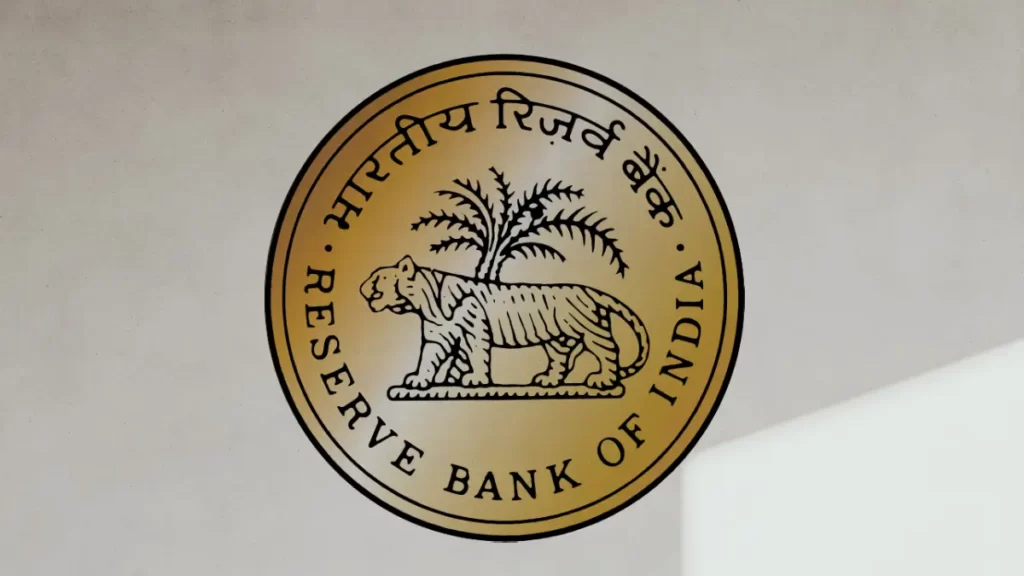In a significant move, the RBI has increased the risk weights on consumer credit for NBFCs and banks.
Previously, banks needed to reserve ₹8 for every ₹100 lent for personal loans, but now, due to the recent change, they must set aside 25% more, totalling ₹10 for every ₹100 lent. This adjustment has immediate implications for lending practices and financial reserves.
Moreover, lending from banks to non-banking finance companies (NBFCs) is now more expensive due to elevated risk weights beyond the established limit.
This shift in risk evaluation has a ripple effect on existing consumer sector loans, potentially prompting banks to expedite capital-raising efforts. The pressing demand for additional funds is crucial to bolster their financial position against the heightened risks associated with lending.
Risk weights indicate the capital lenders must reserve to safeguard against credit risk in specific loan categories. When risk weights are higher, banks must allocate more capital to cover potential risks associated with those loans.
These fresh regulations do not apply to housing loans, education loans, vehicle loans, and loans secured by gold and gold jewellery, as stated by the RBI.
As per the RBI, all top-up loans by lenders against depreciating movable assets, such as vehicles, will be treated as unsecured loans for credit appraisal, prudential limits and exposure purposes.
Regulatory response to surging credit risks
Thursday’s move follows repeated warnings from Governor Shaktikanta Das and his deputies over the past months regarding escalating credit risks.
The swift growth of fintech firms and increased accessibility of lenders to previously unbanked customers have led to the instantaneous approval of loans. That is also often without any thorough consideration of borrowers’ repayment capacities.
Defaults have been rising, particularly in the credit segment below Rs 50,000. It underlines the urgency for regulatory action to address the mounting concerns surrounding the lending landscape and the potential fallout from increased defaults.
The unsecured retail growth is on the rise. To stabilize this, lenders may need to put more capital into loans. This proactive move helps build stronger guardrails and internal resilience.
According to Krishnan Sitaraman from CRISIL Ratings, this ensures banks are better prepared for any increase in NPAs. Keeping more capital aside also makes banks more cautious in lending, guarding against aggressive growth.
RBI Governor cautions on high personal loan growth
After the October review meeting of the MPC, Governor Das remarked that certain parts of personal loans are showing remarkably high growth.
The Reserve Bank is carefully observing these for any early signs of stress. It strongly recommends banks and NBFCs to enhance their internal monitoring systems and manage emerging risks.
The Rbi has raised the risk weights for credit cards by 25 percentage points to 150% for banks and 125% for NBFCs. Additionally, loans to NBFCs may face increased risk weights.
Previously, the risk weights for bank loans to NBFCs were determined based on ratings from external agencies.
Under the new rules, banks must add 25% points to the risk weights, surpassing those assigned by external rating agencies when the NBFC risk weight based on external ratings is below 100%.
RBI’s move on risk weights
Kuntal Sur, leader of financial services and treasury risk at PwC India, remarked that the Reserve Bank’s action was anticipated. As given, the central bank has expressed concerns about the rapid expansion of this sector.
The elevated risk weight will inevitably decelerate lending and accelerate risk scrutiny in this category.
With the augmented risk weights on bank loans to NBFCs, the RBI encourages banks to extend loans based on their credit evaluations rather than relying on lending to NBFCs.
The RBI stated that all additional loans provided by lenders against depreciating movable assets, like vehicles, will be considered unsecured loans for credit evaluation, prudential limits, and exposure considerations.
